Reliable walking aid supplier
At Grace Medy, we offer a wide range of walking aids to meet the rehabilitation needs of the global market. Grace Medy prioritizes the safety, comfort and functionality of each walking aid provided to achieve sustainable development with global retailers or import and export trading companies. Grace Medy is committed to providing excellent customer service and guiding our customers to choose the right walking aid solution to meet the needs of their local market.
Grace Medy Advantages in Walking Aids
We provide a variety of high-quality walking aids to meet your different needs.
Reduce costs and increase efficiency
Grace Medy‘s deep partnerships with multiple factories enable us to deliver high-quality products at competitive prices, helping you control costs in price-sensitive markets.
1 year warranty& free replacement of spare parts
Grace Medy offers a 1-year warranty and free timely replacement of parts, our commitment to service is key for long-term partnerships. Your satisfaction is our priority!
Rich cooperation experience
We successfully partnered with a European distributor, supplying high-quality products that increased their market share by 30%. Our reliable delivery and customization led to ongoing collaboration and mutual growth.
Types of Walking aids provided
Walking aids, also known as walkers or mobility aids, are reliable companions that help us regain balance, mobility and quality of life. From classic walking aids to more advanced rollators, the range offers a wide range of assistive devices to suit a variety of needs and physical abilities. Each walking aid has a specific purpose and caters to different levels of mobility needs and personal preferences. Choosing the right walking aid depends on individual circumstances, including strength, balance and specific health conditions.
.jpg)
Standard Canes
This is a single point cane that provides minimal support and is suitable for people who need slight assistance.
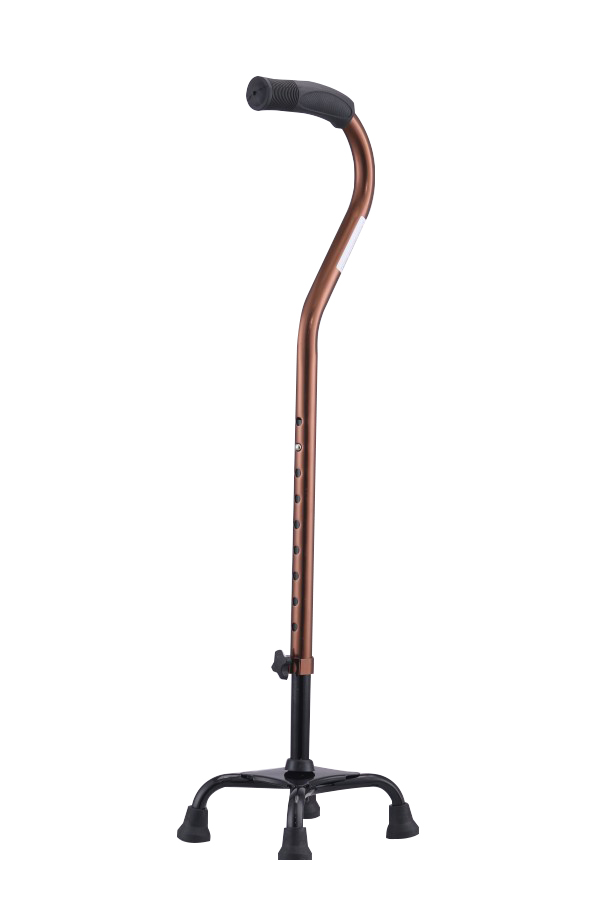
Quad Canes
Quad canes have four points of contact with the ground, providing enhanced stability for those who need more support.
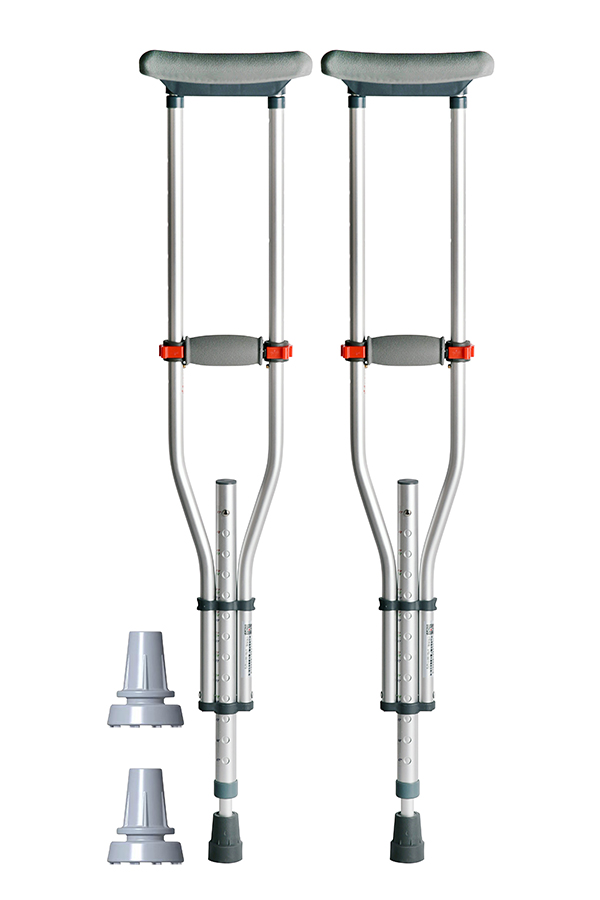
Axillary (Underarm) Crutches
Typically used for short-term injuries, these crutches are placed under the armpits and provide important support.
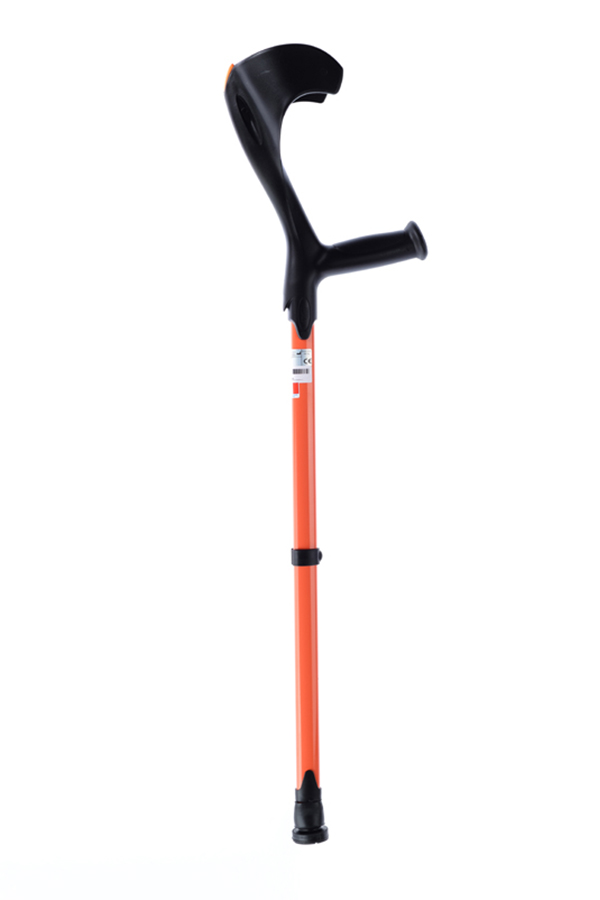
Forearm Crutches
Also called elbow crutches, they have a cuff around the forearm to better distribute weight and are typically used for long-term mobility needs.
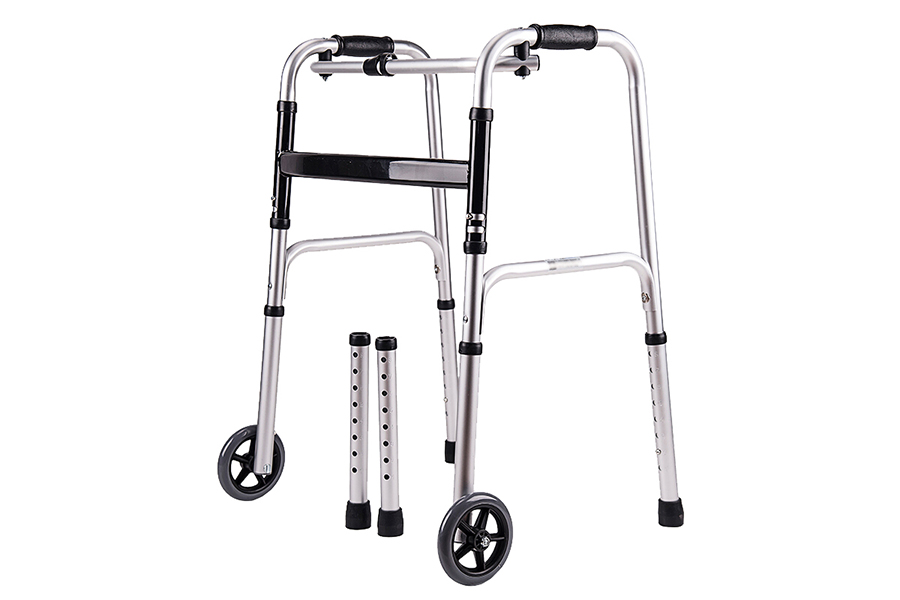
Standard Walkers/walking aid
These walkers/walking aid provide a stable frame with either no wheels or two wheels that require the user to lift the walker to move forward. They are ideal for indoor use.
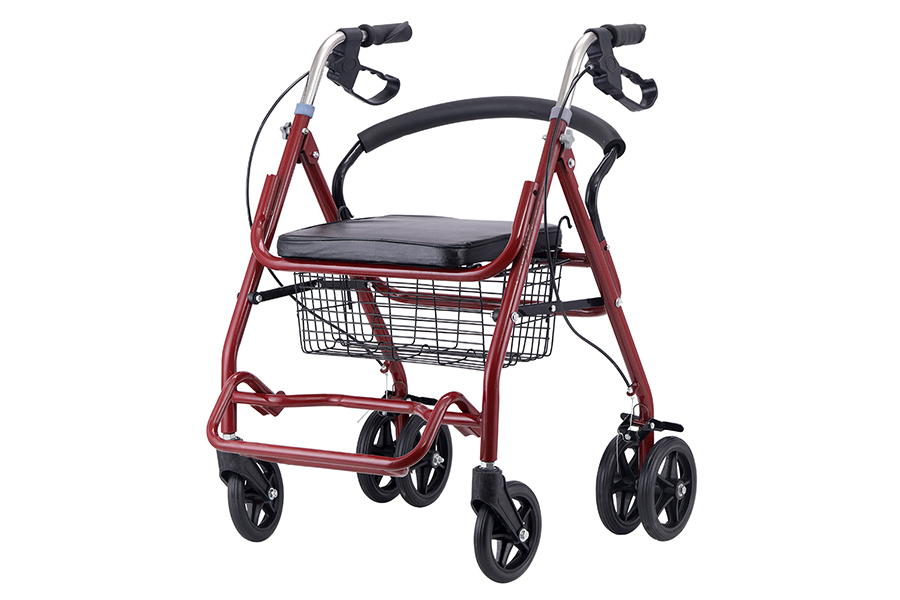
Rollators
Rollators come with wheels that allow the user to push the rollators forward without lifting it. Many models come with a braked seat for resting.
Advantages of Grace Medy's Walking aids

Quality Control (QC Team)
We prioritize high-quality walking aids that meet strict safety standards. Through rigorous QC team inspections, we ensure the quality of the walkers, greatly reduce the risk of falls and accidents, and provide walkers with stability and durability, which is essential for the safety and confidence of users.
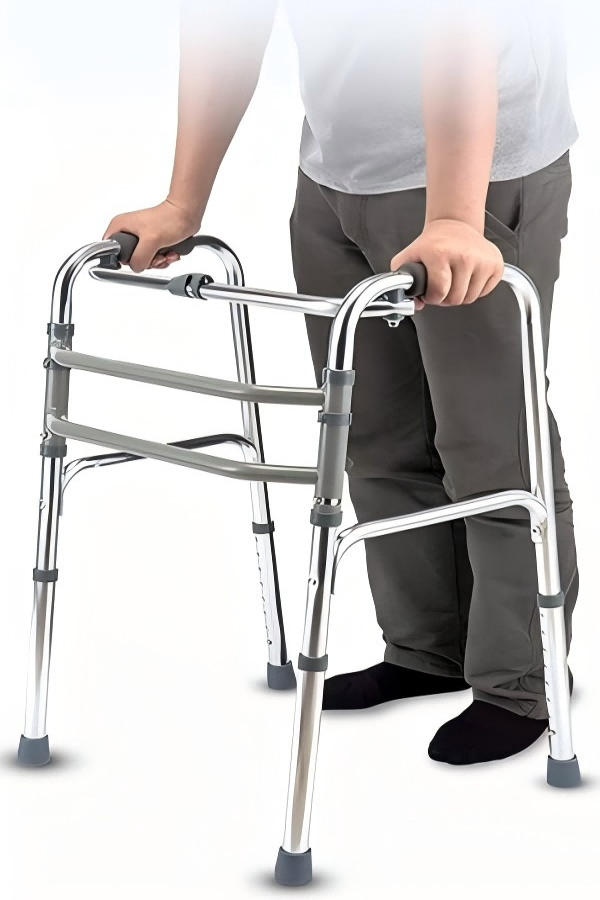
Ergonomically designed
Grace Medy's walking aid are ergonomically designed with a focus on user comfort. This includes features such as adjustable height and padded grips, ensuring users are able to navigate their environment without discomfort or stress. Comfortable walkers encourage regular use and promote active recovery.
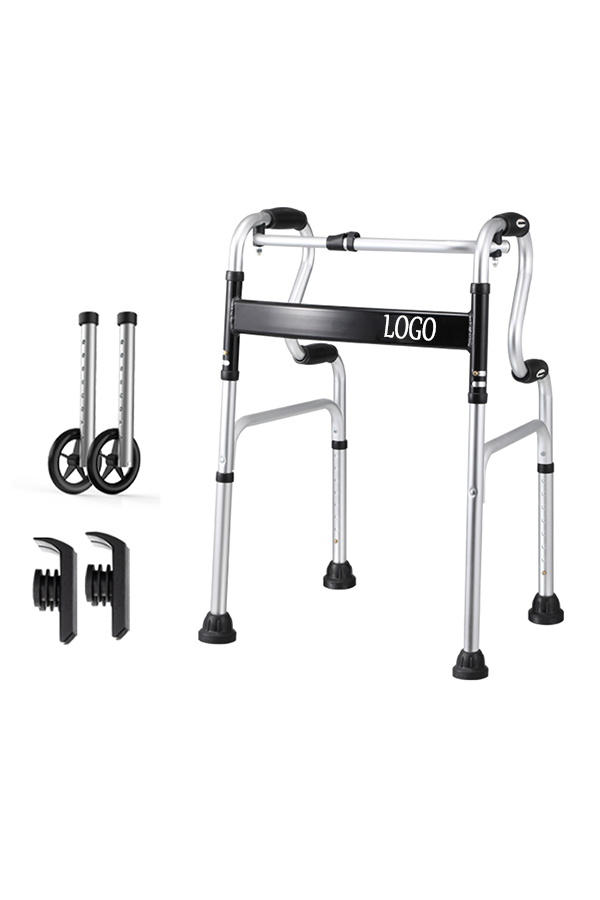
Customized support
We understand that the mobility needs of each market are unique. Our team provides personalized consultation to help you choose the most suitable walking aid according to your specific requirements. And we can customize your logo on the walking aids we produce. This customized approach can better promote your brand.
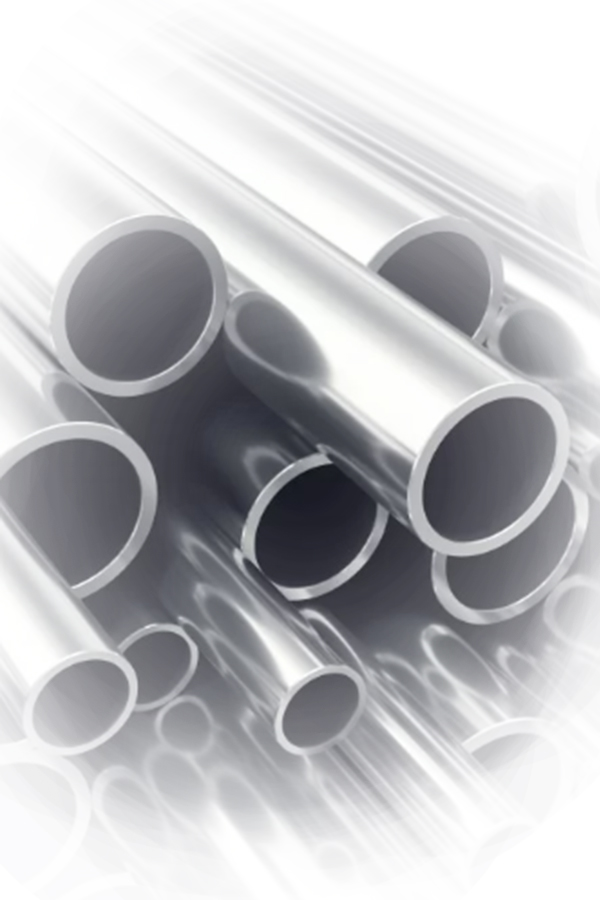
Durability (Material)
We manufacture walking aids from lightweight aluminum alloys and stainless steel that can withstand high-intensity working environments. Investing in reliable walking aids is a cost-effective choice in the long run. Our high-quality products withstand daily use, minimizing the need for frequent repairs or replacements. This durability saves you money.
How do I choose a walking aid?
Choosing the right walking aid depends on factors like cognitive function, coordination, strength, endurance, and walking environment. The correct device is determined by the patient’s performance, preferences, and the therapist’s assessment of their walking ability, strength, balance, and safety.
To measure for a walking aid, clinicians consider the patient’s height and arm length. For a cane, the handle should be at wrist height when the arm is relaxed by the side. The same principle applies to crutches, walking aids, and rollators. Rollators and walkers are often sized based on height for proper handle height and wheel base. Walking poles should have handles at elbow height (90 degrees), around mid-abdomen or lower chest level.
What is the best device to assist walking?
The best device to assist walking largely depends on the individual’s specific mobility needs. Here are the primary options:
Types of Assisted Walking Devices
Cane: Ideal for those needing minimal support, canes are lightweight and portable, perfect for individuals with slight mobility issues or recovering from minor injuries.
Walker/walking aids: Suitable for individuals requiring more stability, walkers provide a sturdy frame with four legs, making them beneficial for older adults or those needing substantial support to maintain balance.
Rollator: These are advanced walkers equipped with wheels and often include features like seats and brakes. Rollators are designed for those who can walk but need assistance with balance and stamina, making them excellent for longer outings.
In summary, canes are best for light support, walkers for more stability, and rollators for enhanced mobility with resting options. The choice should be based on the user’s strength, balance needs, and intended use.
what is the best walking aid for elderly?
The best walking aid for the elderly depends on their specific mobility needs and conditions. Here are some effective options:
Walking Canes: Ideal for seniors with mild balance issues, walking canes improve stability and reduce the risk of falls. They come in single-point and four-point varieties, with the latter providing greater support for those with more significant balance challenges.
Rollator Walkers: Suitable for those with moderate to severe mobility difficulties, rollator walkers feature wheels, handbrakes, and often a seat for resting. They offer full-body support and are excellent for both indoor and outdoor use, making them a versatile choice for longer distances.
Two-Wheel Walkers: These walkers provide additional stability without needing to be lifted with each step, making them beneficial for seniors who may struggle with upper body strength.
Knee Walkers: Recommended for seniors with lower extremity issues, knee walkers allow users to rest one leg while moving, making them a good alternative to crutches.
In summary, walking canes are best for mild support needs, while rollator walkers are preferred for those requiring more substantial assistance. The choice should be tailored to the individual’s mobility level and daily activities.
Get In Touch with professional hospital bed manufacturers!
Phone:(+86) 19333723988
Location
Zaoqiang County, Hengshui City, Hebei Province, China
